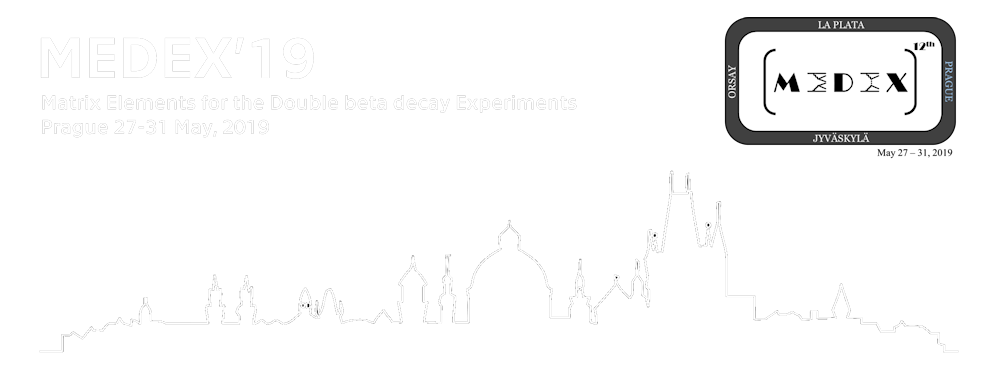Speaker
Prof.
Jie Meng
(School of Physics, Peking University, Beijing 100871, China)
Description
The discovery of neutrinoless double-$β$ ($0νββ$) decay would demonstrate the nature of neutrinos, have profound implications for our understanding of matter-antimatter mystery, and solve the mass hierarchy problem of neutrinos. The calculations for the nuclear matrix elements $M^{0ν}$ of $0νββ$ decay are crucial for the interpretation of this process. We study the effects of relativity and nucleon-nucleon short-range correlations on the nuclear matrix elements $M^{0ν}$ by assuming the mechanism of exchanging light or heavy neutrinos for the $0νββ$ decay. The nuclear matrix elements $M^{0ν}$ are calculated within the framework of covariant density functional theory. The dynamic effects of particle-number and angular-momentum conservations as well as quadrupole shape fluctuations are considered with projections and generator coordinate method for both initial and final nuclei. The full relativistic transition operator is adopted to calculate the NMEs. The nuclear matrix elements $M^{0ν}$ are obtained for ten $0νββ$-decay candidate nuclei. The impact of relativity is illustrated by adopting relativistic or nonrelativistic decay operators. The effects of short-range correlations are evaluated. The effects of relativity and short-range correlations play an important role in the mechanism of exchanging heavy neutrinos though the influences are marginal for light neutrinos. Combining the nuclear matrix elements $M^{0ν}$ with the observed lower limits on the $0νββ$-decay half-lives, the predicted strongest limits on the effective masses are less than 0.06 eV for light neutrinos and larger than 3.065 × 10$^8$ GeV for heavy neutrinos.

